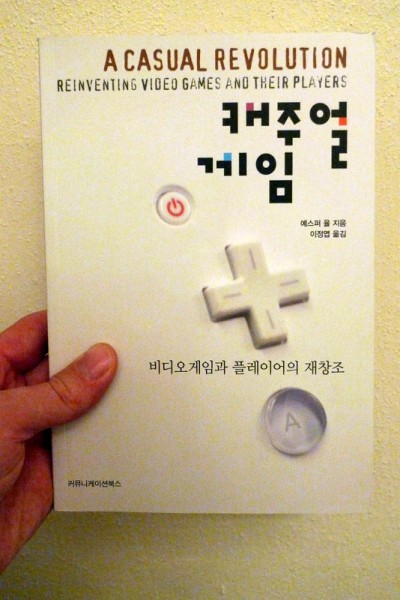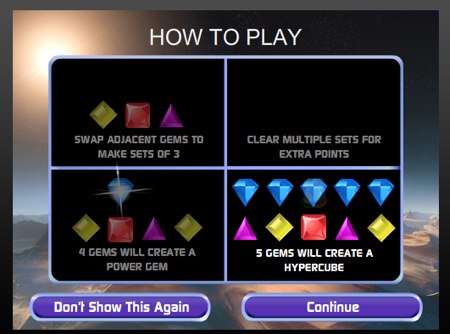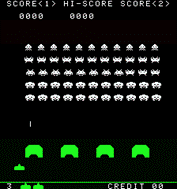In the wake of Jane McGonigal’s Reality is Broken, I participated this week in a round table at Zócalo Public Square on the subject of “How Will Video Games Change the Way We Work?” The other participants were Mark Deuze, Paul Dourish, Nick Yee, and David Rejeski.
Here is my contribution.
Games can be a huge help—but have huge limitations
Reality is Broken makes a strong case for applying the lessons of video games to work, and to the rest of the world. While I am very sympathetic to this idea, I would like to add a caveat: Games work well in part because they provide clear goals and feedback, but the application of clear goals and feedback to work environments has in many cases proved disastrous. The employees of (for example) Washington Mutual have explained how they were being measured exclusively on the number of loans they were approving (clear goals), and how they were threatened with sanctions if they asked too many questions about a customer’s ability to pay (feedback). In fact, much of the financial crisis was due to the application of game-like design principles to work, where employees were forced to work toward short-term goals that were detrimental to the health of their company and the economy at large. In the Eastern Bloc, Polish furniture factories used to be rewarded on the basis of the weight of their total output, and consequently made the heaviest furniture in the world.
The key is to recognize that it is fine to set up goals and feedback in work environments only as long as everybody – from CEO to temp employee – understands that performance measures only give a partial image of reality. Clear goals and feedback are only inspiring in work situations when we have the discretion to decide how seriously we want to take them, and as long as there is no higher-level manager that takes the performance measure literally anyway. Games are also enjoyable because they give us wiggle room. If we are to use game design principles outside games, we need to make sure that the wiggle room is still there; we need to make sure that we are still allowed to use our sound judgment when faced with a performance goal.
I am probably coming out as a skeptic of gamification here, but the point really is that game conventions should not be blindly applied everywhere.
My argument is more fully developed in the book on Failure that I am currently working on.




